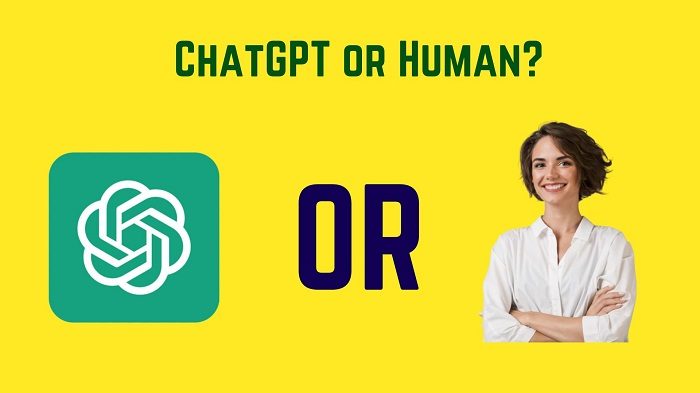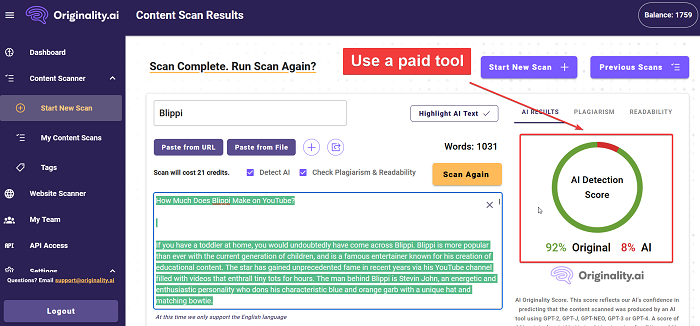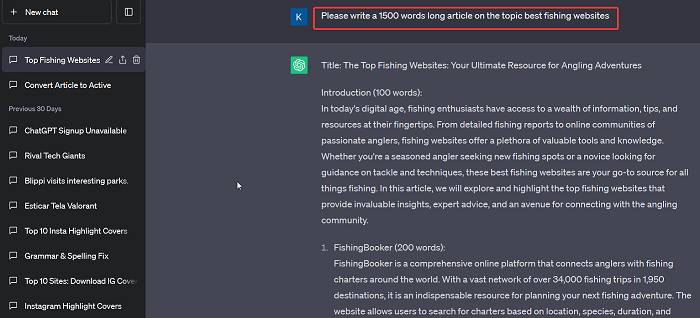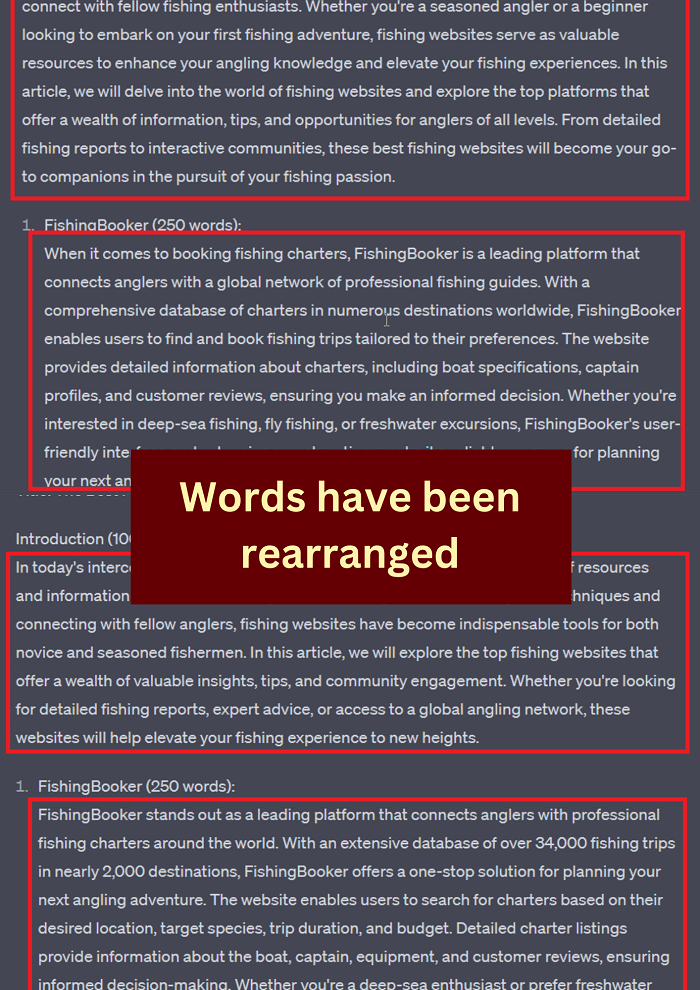Writing is an art and content writing is a business. Since the blogging industry boomed, many have tried to invade the content industry even though they aren’t proficient in the same. Lately, most of these authors use ChatGPT to create content and pass it on as if it has been written by them. In this article, we will discuss how to tell if the content has been created using ChatGPT.

How does ChatGPT create content?
ChatGPT is considered a revolution in the artificial intelligence industry, but it is far from intelligent. The bot gathers data from sources it was trained over and rearranges them in meaningful sentences. The grammar is usually much better than other AI-writing assistant tools. Thus, it is very hard to tell if the content has been created using ChatGPT or written by a human.
How to tell if content has been written using ChatGPT?
Try the following methods to figure out whether content has been written by ChatGPT or a human:
- Using free or paid tools
- Using ChatGPT itself
- Check online resources on the topic
- Check for the grammar
1] Using free or paid tools

A lot of free AI Content Detection Tools are available on the internet to check if the content has been created using AI. While they are good at detecting content written by artificial intelligence, they may fail with ChatGPT. A few paid tools (which have a free trial version) can give a fair score to tell if the content was created using ChatGPT. However, false positives may occur.
Basically, paid tools to detect content authenticity check for grammar and sentence formation. Now, if the writer uses ChatGPT to merely correct the grammar of the text or translate it to a different language, paid tools will give a false positive. Even in general, you cannot be 100% sure of the results.
2] Using ChatGPT itself

As I mentioned earlier, ChatGPT doesn’t create content. It merely regurgitates or rearranges it. Try the following – ask ChatGPT to write an article on the same topic 6-7 times. Compare all the drafts. You will notice that the subheadings have been interchanged or may be slightly different from each other. However, the base remains the same.
Also, if you check the text under the sub-headings, you will notice that the meaning of each point is exactly the same and the words have been interchanged. So, the procedure to verify the text using ChatGPT is as follows:
Open ChatGPT.
Click on New Chat to initiate a new chat.
Ask ChatGPT “Please write an article on the topic <TOPIC>.” Where <TOPIC> is the topic of the article.
ChatGPT will generate an article.
If the word count is significantly different (eg. The article under test is 1500 words long, and ChatGPT created a 500-word long article, changing the instruction to “Please write a 1500 words long article on the topic <TOPIC>.”
Now, compare the subheadings in the 2 articles. Are they similar?
Check the text under the subheadings. Does it seem that merely the text has been rearranged? As if spinning a post.
If yes, then most probably, the article has been written using ChatGPT.
To verify further, ask ChatGPT to generate a few more drafts. Comparing with 4-5 drafts will make the scene clear.
3] Check online resources on the topic
Do you remember the days when everyone referred to multiple websites for generating content and simply mashed up the research? Then an article was created out of it. Google flagged such articles over simultaneous updates. ChatGPT does exactly the same.
So, to figure out if your article has been written through genuine research or simply using ChatGPT, check the first few results after searching the topic on Google. If the results show familiar text, then it is quite possible that ChatGPT was used in the process.
4] Check for the grammar
Despite all its criticism, ChatGPT is excellent with one trait. That is its perfect grammar. Humans make mistakes with grammar, ChatGPT doesn’t. Simply check the text using the Grammarly plugin. If the red flags are ignorable ones, then the text has either been checked through Grammarly already, the writer is excellent, or ChatGPT was used for generating the content.
For the record, all content on TheWindowsClub.com is written by humans for humans, and no AI tools are used.
Does Google accept content written by AI bots?
While different sources give different answers to this question, such content is better avoided for a reason. If you ask ChatGPT to create an article on a specific topic 6-7 times, it will create similar content by merely rearranging the words. Now, if 6-7 different bloggers use ChatGPT for creating similar content, wouldn’t it be flagged by Google’s algorithm?
Case study: I tried using ChatGPT to write an article on “Best fishing websites.” The results are below:

As you can see, merely the words have been rearranged under the subheadings.